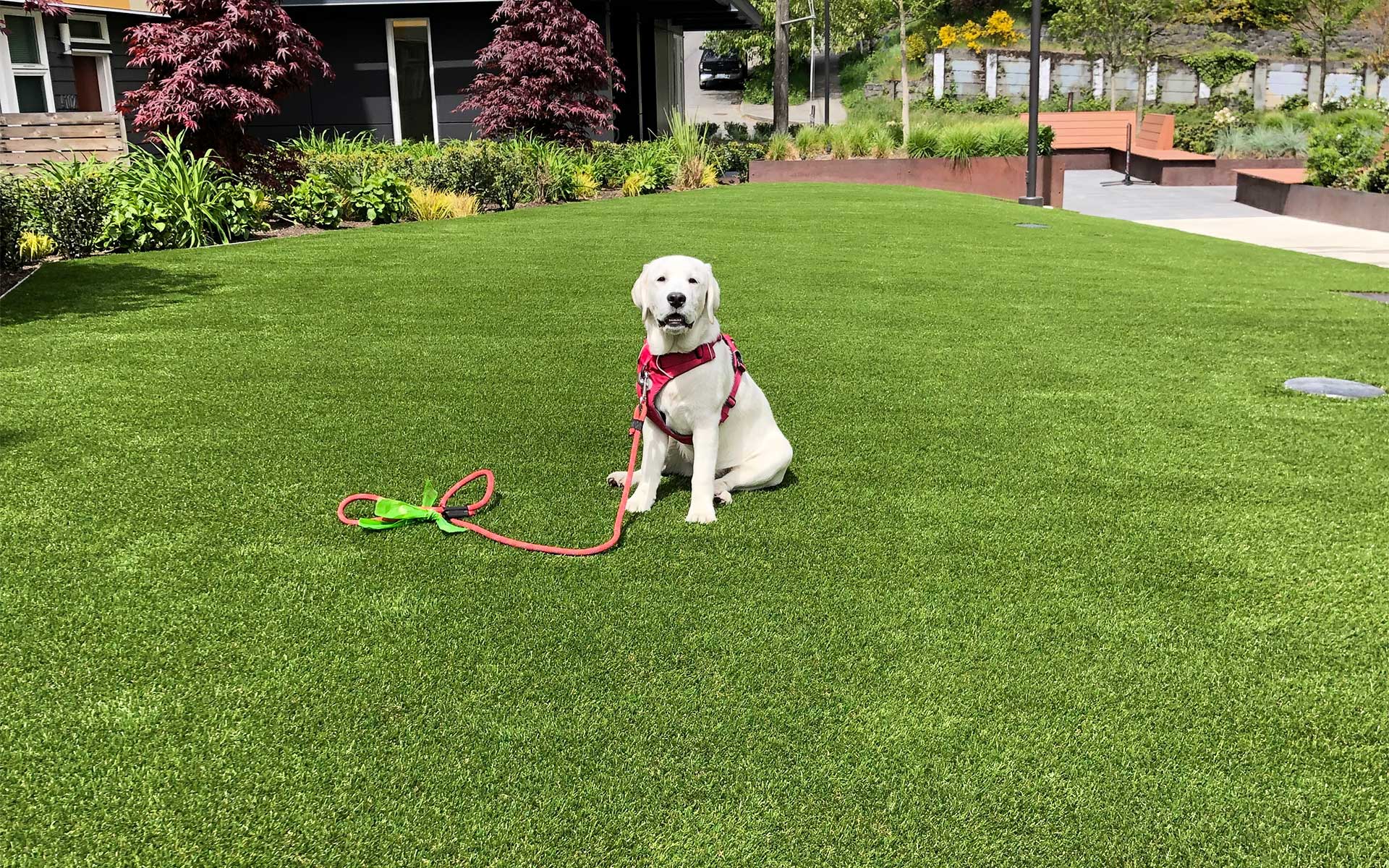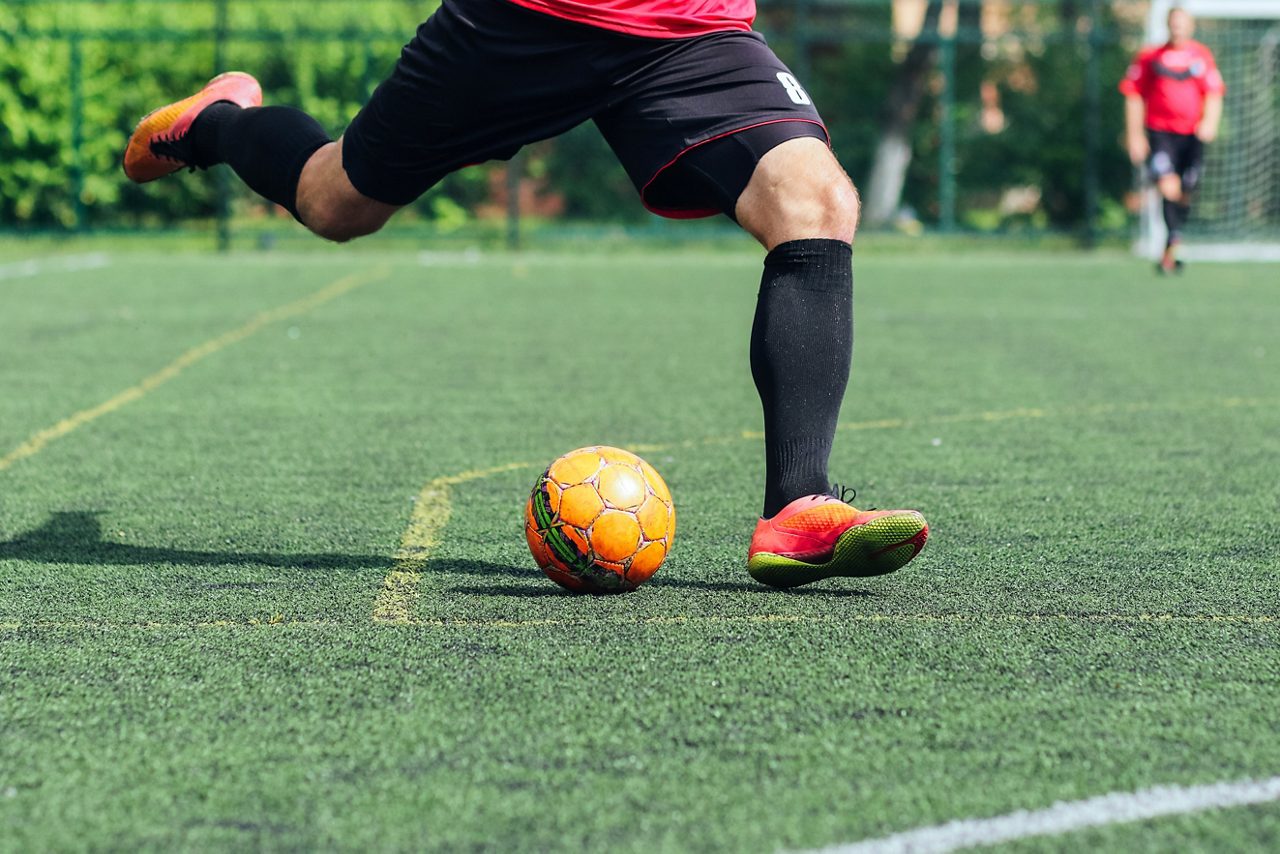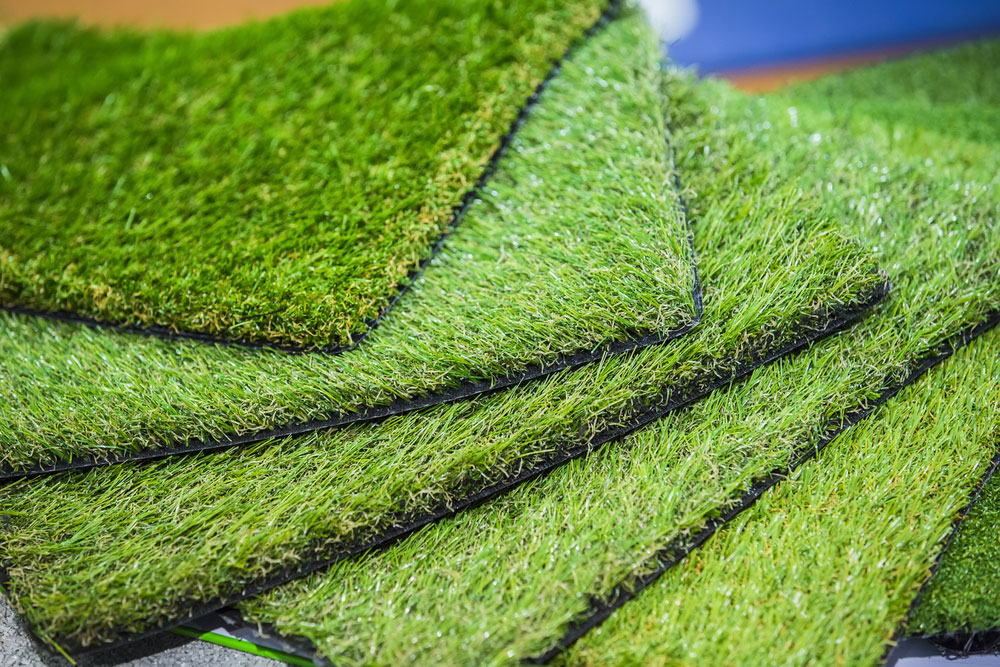Cost-Effective Turf Installation Phoenix AZ for a Hassle-Free Lawn Solution
Cost-Effective Turf Installation Phoenix AZ for a Hassle-Free Lawn Solution
Blog Article
Look Into the Environmental Benefits of Opting for Artificial Grass Solutions
The fostering of synthetic lawn services offers a compelling possibility to deal with pushing environmental obstacles. By considerably lowering water usage and lessening the application of harmful chemicals, these alternatives not just advertise lasting landscaping however additionally safeguard neighborhood communities.
Water Preservation Advantages
Among one of the most considerable benefits of synthetic grass is its capacity to preserve water. Typical lawn yards call for significant irrigation, particularly in locations vulnerable to drought or water limitations. On the other hand, fabricated lawn does not need watering, dramatically reducing the overall demand for water resources. This function is especially advantageous in deserts where water scarcity is a pushing worry.
By getting rid of the need for routine watering, artificial lawn adds to sustainable landscape techniques and assists minimize the environmental influence of excessive water usage. Additionally, the conservation of water extends to the decrease of drainage, which can cause soil erosion and river air pollution.
Furthermore, the setup of synthetic grass permits property owners and districts to allot water resources extra efficiently, focusing on vital usages such as alcohol consumption water and farming. The shift towards synthetic grass not just advertises liable water usage but also straightens with wider environmental goals focused on maintaining natural resources.
As communities progressively focus on sustainability, the water preservation advantages of synthetic grass present a compelling situation for its adoption in business and household landscape design projects.
Decreased Chemical Usage
The transition to artificial grass significantly decreases the dependence on chemical treatments commonly used in all-natural yard upkeep. Conventional grass monitoring usually includes the application of fertilizers, herbicides, and pesticides to advertise growth and control parasites. These chemicals can posture dangers to human health, regional wild animals, and the setting, adding to dirt and water contamination.
In comparison, fabricated grass eliminates the need for these harmful compounds. By reducing the launch of artificial substances into the ecosystem, man-made lawn advertises healthier dirt and water systems.
Additionally, the lack of chemical drainage connected with artificial turf setups assists protect neighborhood rivers from pollution, supporting aquatic life and preserving biodiversity. Turf installation phoenix az. As communities progressively focus on sustainable practices, opting for synthetic grass presents a practical service that aligns with ecological preservation objectives. Via this shift, building owners can delight in rich eco-friendly areas without compromising ecological wellness, leading the way for an extra lasting future
Reduced Carbon Impact

Furthermore, the installation of man-made turf can lead to significant water preservation. Natural grass require considerable quantities of water for watering, which not only contributes to the carbon impact related to water see it here extraction and therapy yet likewise pressures regional water sources. On the other hand, man-made turf needs marginal maintenance, needing no watering, therefore dramatically decreasing water usage and its connected power costs.
In addition, the durability of synthetic grass adds to its reduced carbon influence. With a lifespan of as much as 15 years or even more, the requirement for regular replacements is diminished, resulting in much less waste and lower energy consumption in production and getting rid of typical grass options. Generally, artificial grass offers a lasting alternative for environmentally conscious landscaping.
Environment Preservation
Habitat preservation is an essential consideration in the debate over landscaping selections, particularly when contrasting artificial lawn to all-natural yard. All-natural lawn lawns typically call for extensive maintenance, including the use of herbicides, pesticides, and fertilizers, which can negatively affect regional ecosystems. These chemicals can seep into the dirt and waterways, hurting indigenous vegetation and fauna and interrupting local habitats.
In contrast, synthetic grass offers an opportunity to reduce the eco-friendly footprint of landscape design. By choosing synthetic yard, property owners can reduce the interruption of all-natural environments connected with conventional grass care practices. Synthetic grass removes the requirement for damaging chemicals, therefore protecting close-by wildlife and keeping the stability of surrounding environments. The setup of fabricated grass can lead to the conversion of former turf locations into even more biodiverse landscapes, such as pollinator gardens or native plant areas, which can sustain neighborhood wild animals.
Ultimately, the change to synthetic grass not only saves water and lowers maintenance initiatives however additionally promotes a more harmonious relationship in between human activities and the natural surroundings, advertising habitat conservation at the same time.
Long-Term Sustainability
Lasting sustainability is an essential aspect in reviewing the benefits of synthetic turf over typical grass yards. One of the most substantial advantages of artificial turf is its toughness; it can last up to 15-20 years with marginal maintenance, whereas natural turf needs constant reseeding and substitute. This longevity minimizes the requirement for constant sources, such as water, fertilizers, and chemicals, which are necessary for preserving a healthy grass lawn.
Additionally, synthetic lawn adds to a decrease in carbon exhausts related to lawn treatment devices. Traditional yards commonly call for gas-powered lawn mowers, trimmers, and blowers, all of which contribute to air contamination. Phoenix turf companies. In comparison, artificial grass removes the need for such tools, advertising a cleaner setting
Additionally, the production of synthetic grass progressively utilizes recycled materials, enhancing its sustainability profile. As suppliers embrace environmentally friendly techniques, the environmental footprint of artificial grass remains to lessen.

Final Thought
The adoption of fabricated lawn options offers considerable environmental advantages, including substantial water conservation, decreased dependence on dangerous chemicals, and a lower carbon impact. In addition, synthetic grass aids in protecting all-natural environments by lessening land disruption and promoting lasting sustainability with the use of resilient products. Jointly, these factors emphasize the potential of synthetic grass to add positively to environmental health and supply a sensible option to typical landscape design practices in an increasingly resource-conscious globe.
In comparison, artificial lawn does not require watering, significantly reducing the total need for water additional hints resources. By decreasing the launch of artificial compounds right into the environment, synthetic turf promotes much healthier soil and water systems.
In addition, the setup of man-made turf can result in significant water conservation. In comparison, man-made grass needs very little upkeep, requiring no watering, thus considerably lowering water usage and its connected power prices.

Report this page